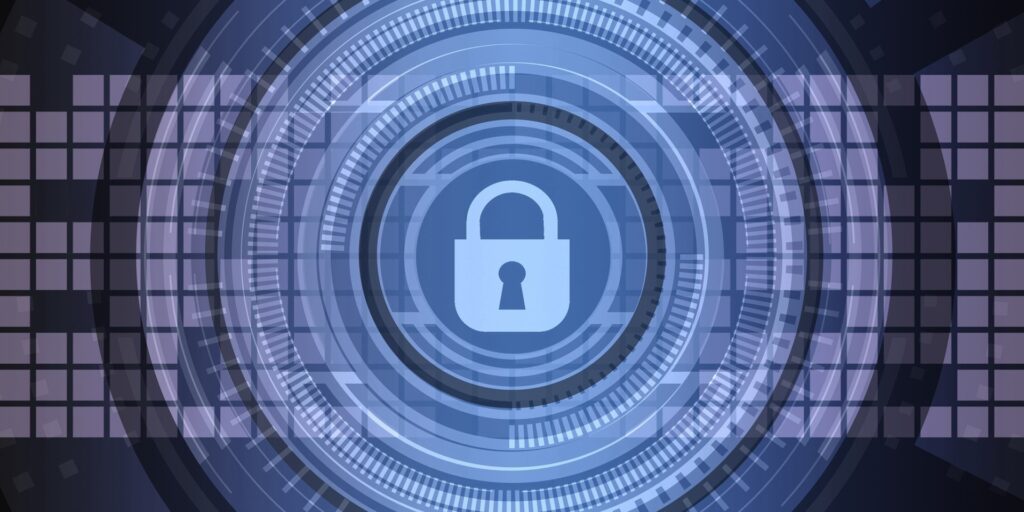Inflation Reduction Act’s Impact on 179D: Prevailing Wag...
179D – Energy Efficient Commercial Building Deduction The Internal Revenue Service Section ...

In the modern digital landscape, cybersecurity has become a cornerstone of business operations, government infrastructure, and personal privacy. By 2025, cybercrime is projected to cost over 10 trillion USD, a staggering figure compared to the 8 trillion USD it cost in 2023, highlighting a 15% annual growth in cybercrime.
In short, the demand for innovative solutions to safeguard sensitive information and critical systems has never been greater. Recognizing the importance of fostering advancements in cybersecurity, the United States government offers incentives such as the Research and Development (R&D) Tax Credit to encourage organizations to invest in research and innovation within this vital industry. If have any questions for our experts, schedule a call!
The R&D Tax Credit, initially established in 1981, serves as a catalyst for innovation by providing tax incentives to companies engaged in qualified research activities. While traditionally associated with industries such as pharmaceuticals, manufacturing, and life sciences, the scope of eligible activities extends far beyond these sectors. In fact, cybersecurity is a prime candidate for R&D tax credits due to its dynamic nature, as organizations and individuals alike continually strive to stay ahead of emerging threats and vulnerabilities.
The IRS defines eligible research as systematic and scientific activities undertaken for the purpose of discovering technological information intended to eliminate uncertainty concerning the development or improvement of a product (hardware or software) or a process, otherwise referred to as a business component. In the cybersecurity industry, this scope can potentially contain several key areas:
Encryption is the fundamental method for protecting sensitive information. Research aimed at enhancing encryption algorithms or developing new encryption techniques to mitigate evolving threats would qualify for the R&D tax credit.
Proactive cybersecurity is as important as its corrective counterpart. Preventative threat detection allows identification and containment of cyber threats before they cause issues. Developing algorithms capable of identifying anomalous behavior or detecting previously unknown malware constitutes eligible research under the R&D Tax Credit.
Cybersecurity is not limited to software. In fact, innovations in security hardware can encompass a range of solutions, including (but not limited to) devices for network penetration testing, encrypted storage, and hardware-based authentication mechanisms. These advancements contribute to the improvement of security and are eligible for the R&D Tax Credit.
Malicious actors are constantly evolving, and so should security protocols. Research focused on designing secure communication protocols, authentication mechanisms, or access control systems to fortify digital infrastructure against cyber intrusions qualifies for the R&D tax credit.
To combat hackers, security professionals must be hackers themselves. Innovative penetration testing methodologies and software involves creating cutting-edge techniques and tools to simulate cyberattacks during security audits. This allows detection of vulnerabilities, and enhancement of security measures. The development of techniques in this regard is sufficient to qualify for the R&D tax credit.
In addition to the aforementioned areas, the cybersecurity industry presents numerous opportunities for R&D. For example, exploring cutting-edge topics where the software industry is headed, such as the security of IoT devices, the fortification of the blockchain, and the mitigation of the risks of quantum computing all constitute activities that could be eligible for the R&D Tax Credit.

In essence, the software industry is constantly advancing with the creation of new features, which inevitably results in new vulnerabilities. Cybercriminals continually seek to exploit these openings, necessitating quick action from cybersecurity professionals to patch them. This cycle of innovation and threat response underscores the dynamic nature of the cybersecurity field, presenting abundant opportunities for research and development eligible for the R&D Tax Credit.
Are you a Cybersecurity professional?
Let us guide you through the process and unlock the potential of your cybersecurity R&D initiatives. At Leyton US, we offer unparalleled technical expertise. You can leverage our technical prowess in cybersecurity and the R&D Tax Credit to maximize your innovation. Our team will help you navigate the complexities of R&D tax incentives, ensuring you receive the full benefits you deserve.
Explore our latest insights
See more arrow_forward
179D – Energy Efficient Commercial Building Deduction The Internal Revenue Service Section ...

The US R&D Tax Credit has emerged as a game-changer, offering substantial benefits to fuel th...

Overview In the wake of the AI boom, sparked by pioneers like Geoffrey Hinton, Yoshua Bengio, and...

Overview Energy Star Certification for homes was established in 1996. With changes to the 45L tax...